
The FCC has approved AT&T’s purchase of spectrum fromAloha Partners in a deal worth US$2.5 billion.
It comes with a rider — Aloha qualified for 35 percent bidding credits for most of its licenses, while AT&T does not, so Aloha has to reimburse the FCC the amount of the bidding credit plus interest.
The addition of Aloha’s spectrum “will help our customers stay connected to their worlds,” said AT&T’s Forrest Miller, group president of corporate strategy and development, adding that it “advances AT&T’s goal to meet the growing consumer demand for wireless service.”
Some Objections
FCC Commissioner Michael J. Copps filed a dissenting statement, noting that the order approving the deal “contains only an extremely abbreviated analysis of the competitive effects of this change in ownership.” There was a “rush to judgment” on the FCC’s part, he charges.
Though FCC Commissioner Jonathan S. Adelstein voted for approval, he issued a statement as well, saying the order “lacks both substance and analysis in its review of whether, on balance, the transaction serves the public’s interest. … I would have preferred to see a more thorough assessment weighing the potential public interest harms and benefits of this transaction and its impact on the mobile telephony market.”
C Block Rules Change
Meanwhile, with the FCC’s auction for wireless spectrum in the 700 MHz range getting hotter and heavier, the agency decided to change the rules for bidding on the juiciest spectrum — the C Block.
On Tuesday, the FCC announced it will change the formulas used to calculate bid amounts for C Block licenses at the conclusion of the day’s bidding.
Basically, it is lowering the floor for calculating minimum acceptable bids.
For Round 33, under the new formula, minimum acceptable bids will be 5 to 20 percent higher — instead of the previous 10 to 20 percent higher — than provisionally winning bids.
Also, bids can exceed the minimum acceptable bid by 5 percent instead of 10 percent.
The minimum additional percentage for calculating minimum acceptable bids has been halved, from 0.1 percent of the bid to 0.05 percent, effective Wednesday.
The activity weight factor will be raised — from 0.5 to 0.7 — for Round 34 of bidding.
Results So Far
As of Tuesday morning, 32 rounds of bidding had been completed over nine bidding days.
The auction has raised almost $18.9 billion so far.
There are 1,099 licenses up for grabs in Auction 73, which pertains to the 700 MHz band, according to the FCC.
There are 214 bidders qualified to participate in the auction, which the FCC opened Jan. 24.
Of the 1,099 licenses up for grabs, 734 are cellular market area (CMA) licenses; there is one nationwide license.
There were 128 new bids in Round 32, and no withdrawals.
All That Loot
Financially, the auction has been spectacularly successful so far.
The aggregate reserve price of almost $4.68 billion for the C Block was exceeded by the provisionally winning bids at the conclusion of Round 17 on Jan. 31.
The provisionally winning bids for the A Block licenses exceeded the aggregate reserve price of more than $1.8 billion by the end of Round 14, on Jan. 30.
The aggregate reserve price of almost $1.375 billion for B Block licenses had been exceeded by the end of Round 10 of bidding, on Jan. 29.
One for Joe Consumer
Exceeding the reserve price for the C Block will prove to be a win for consumers.
The winning bidders will have to ensure customers can download and use any applications from the wireless network, and can use any handheld communications device with any wireless network.
Google had offered to bid $4.6 billion for C Block spectrum if the FCC would agree to those two openness requirements, as well as two more: open services, which would allow third parties or resellers to buy wireless services wholesale from 700 MHz licensees; and open networks, which would allow third parties such as Internet service providers to interconnect with a licensee’s wireless network at any technically feasible point.
Not surprisingly, a brouhaha erupted after the FCC agreed to the first two openness requirements. Verizon Wireless filed a lawsuit over the issue in September 2007.
More Battles
Verizon and other major industry players would lose if openness were the norm because it would exacerbate customer churn, or turnover — already a major headache for wireless providers.
Verizon was not just relying on the lawsuit, according to Google — a Google blog accused Verizon of engaging in backdoor dealings with the FCC to quash the openness requirements.
Verizon withdrew its suit in late October, but the wireless industry groupCTIA filed its own lawsuit. CTIA executives were unavailable for comment by press time.
Then AT&T hinted that it would oppose Google’s proposals — possibly with a lawsuit — although nothing came of that.
Worth Fighting For
The 700 MHz spectrum is the focus of interest because it is low-frequency, and thus has a long broadcast range.
“Wireless analysts and industry experts agree that 700 MHz is a much better spectrum than other licensed wireless frequencies because it travels significantly farther and penetrates foliage and buildings significantly better,” says Aloha.
Many bidders are hoping for a payoff way down the road, Julie Ask, an analyst at JupiterResearch, told the E-Commerce Times.”There’s a lot of strategy and gaming going on. Some of these guys are building the infrastructure now and hoping customers will come in.”
Prices Too High?
Will the large sums being offered for spectrum impact the industry, especially now that the U.S. faces a possible recession?
“I don’t think wireless broadband is a commodity yet,” Ask commented. “It has a lot of variability in terms of speed it can deliver, and it’s not everywhere, so people aren’t buying on price yet — just on the quality of the network and the quality of the service.”

























































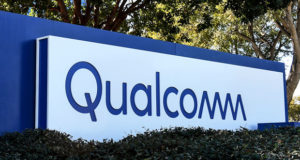







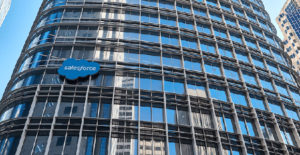












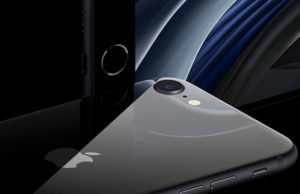
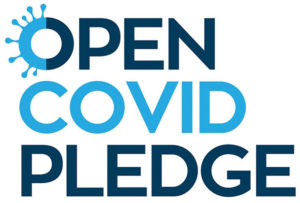



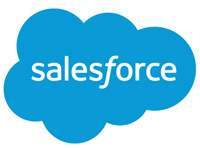



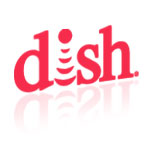


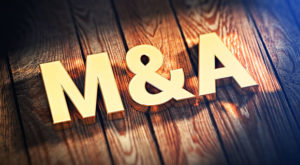
Social Media
See all Social Media